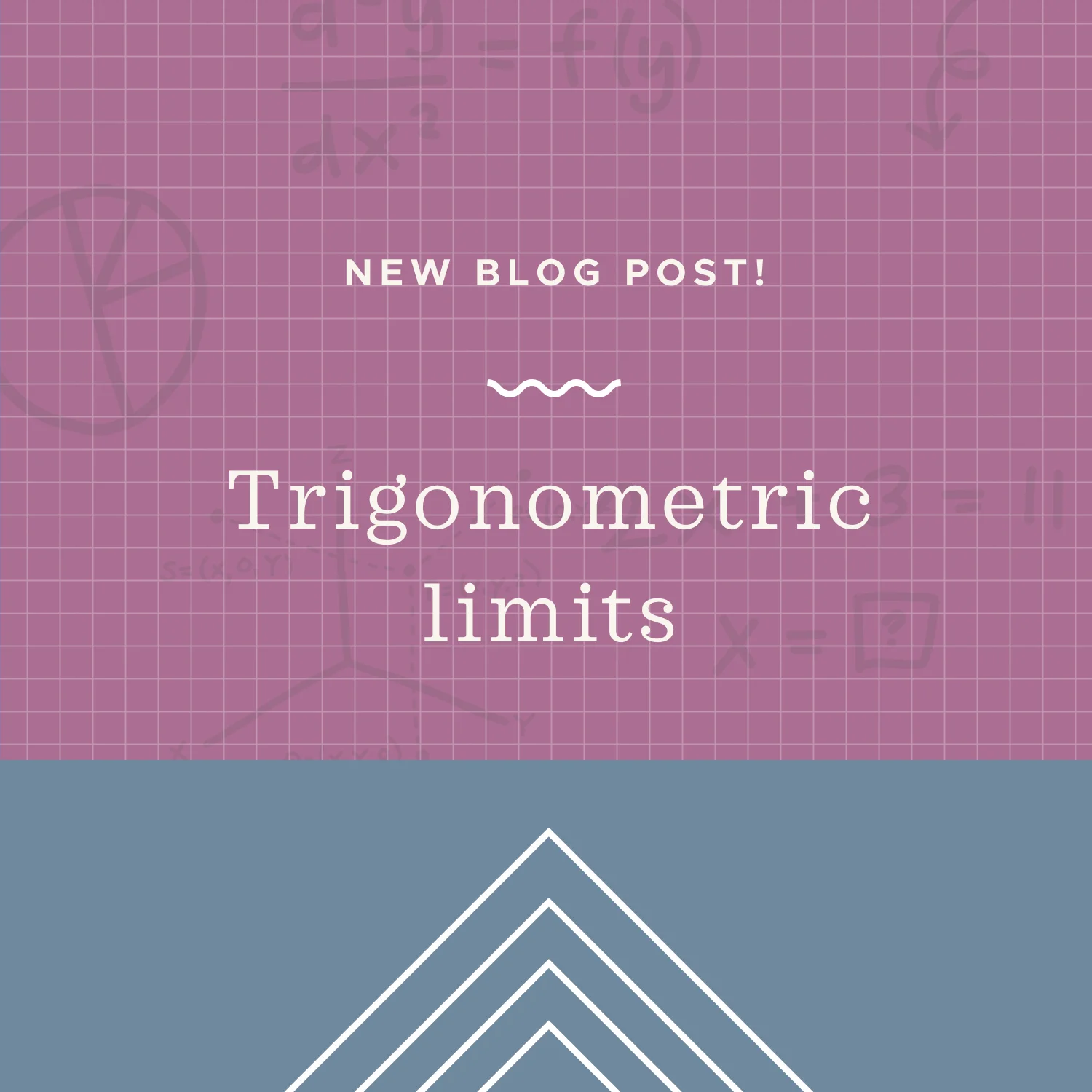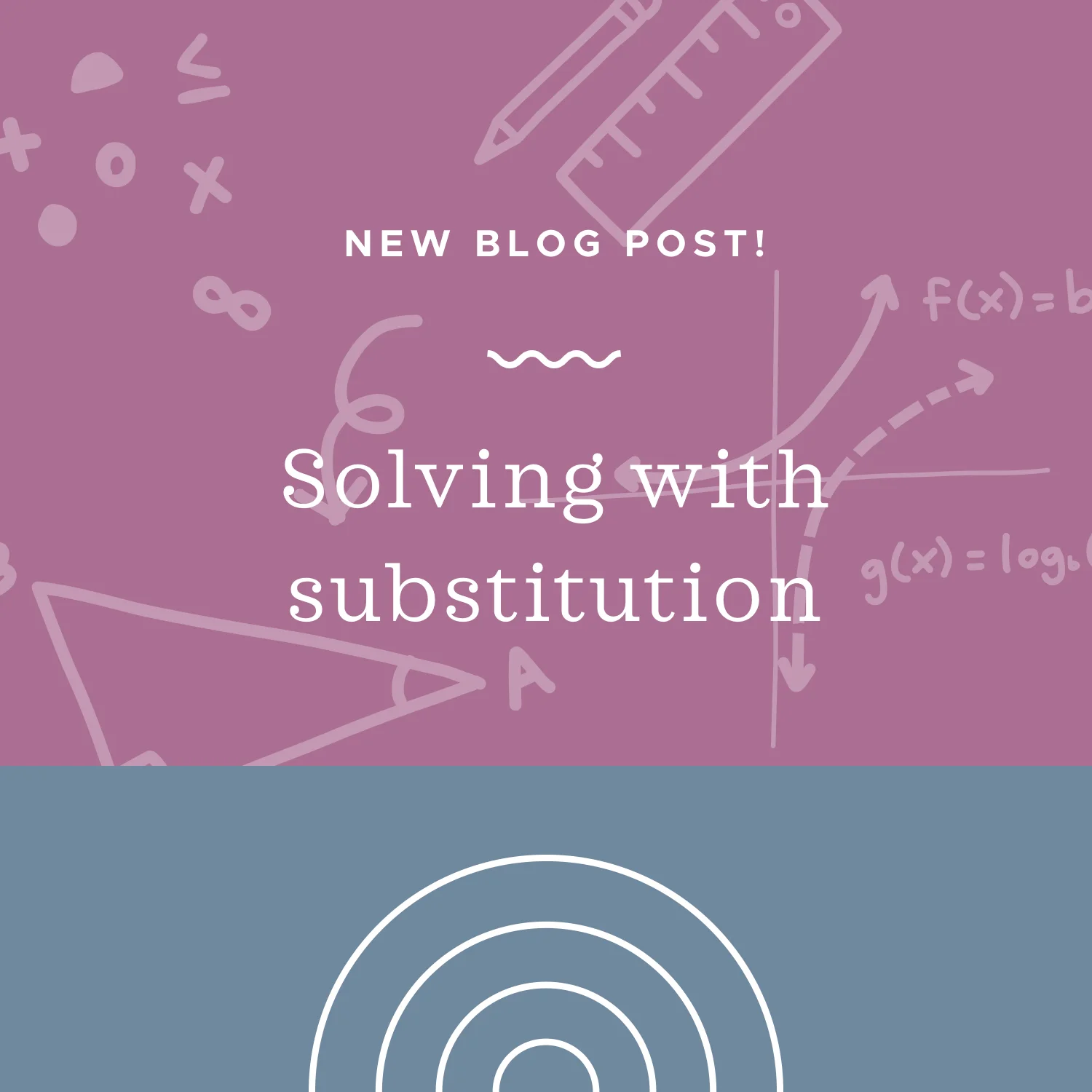Trigonometric limit problems revolve around three formulas, so it’s critical that we know these trig limit formulas. When we solve trigonometric limit problems, our goal is always to reduce the function to a combination of nothing but these three formulas and simple constants.
Read MoreConjugate method can only be used when either the numerator or denominator contains exactly two terms. In order to use it, we have to multiply by the conjugate of whichever part of the fraction contains the radical. The conjugate of two terms is those same two terms with the opposite sign in between them. Notice that we multiply both the numerator and denominator by the conjugate, because that’s like multiplying by 1, which doesn’t change the value of the original function.
Read MoreWe can use the formula for the sum of a geometric series to quickly and accurately convert a repeating decimal into a ratio of integers, in other words, into a fraction with whole numbers in the numerator and denominator.
Read MoreThis theorem looks elaborate, but it’s nothing more than a tool to find the remainder of a series. For example, oftentimes we’re asked to find the nth-degree Taylor polynomial that represents a function f(x). The sum of the terms after the nth term that aren’t included in the Taylor polynomial is the remainder. We can use Taylor’s inequality to find that remainder and say whether or not the nth-degree polynomial is a good approximation of the function’s actual value.
Read MoreAs we’ve seen in previous lessons, the simplest way to evaluate a limit is to substitute the value we’re approaching into the function. Because it’s the easiest and fastest method, we should always try substitution first. But substitution won’t always work.
Read MoreTaylor series let us find a series representation for any function. In order to create a Taylor series representation for a function, we’ll need ‘a’, the value about which the function is defined and ‘n’, the degree to which we want to evaluate the function. Both of these are usually given in the problem. With a value for ‘a’ and ‘n’, we can build the chart below.
Read MoreThere’s a difference between “limits at infinity” and “infinite limits.” When we see limits at infinity, it means we’re talking about the limit of the function as we approach infinity or negative infinity. Contrast that with infinite limits, which means that the value of the limit is infinity or negative infinity as we approach a particular point.
Read MoreThe alternating series test for convergence lets us say whether an alternating series is converging or diverging. When we use the alternating series test, we need to make sure that we separate the series a_n from the (-1)^n part that makes it alternating.
Read MoreWhen we calculate average rate of change of a function over a given interval, we’re calculating the average number of units that the function moves up or down, per unit along the x-axis. Which means we always need to define a particular interval over which we’ll calculate the average rate of change of the function.
Read MoreOnly monotonic sequences can be bounded, because bounded sequences must be either increasing or decreasing, and monotonic sequences are sequences that are always increasing or always decreasing.
Read MoreThe general term of a sequence an is a term that can represent every other term in the sequence. It relates each term in the sequence to its place in the sequence. To find the general term, a_n, we need to relate the pattern in the sequence of terms to the corresponding value of n.
Read MoreImproper integrals are just like definite integrals, except that the lower and/or upper limit of integration is infinite. Remember that a definite integral is an integral that we evaluate over a certain interval. An improper integral is just a definite integral where one end of the interval is +/-infinity.
Read MoreThe intermediate value theorem is a theorem we use to prove that a function has a root inside a particular interval. The root of a function, graphically, is a point where the graph of the function crosses the x-axis. Algebraically, the root of a function is the point where the function’s value is equal to 0.
Read MorePreviously we learned how to create a power series representation for a function by modifying a similar, known series to match the function. When we have the product of two known power series, we can find their product by multiplying the expanded form of each series in the product.
Read More















